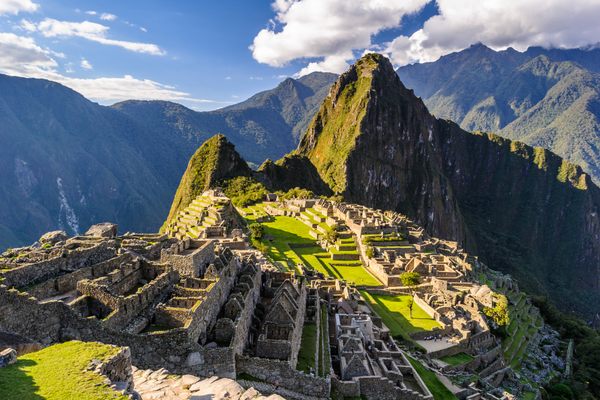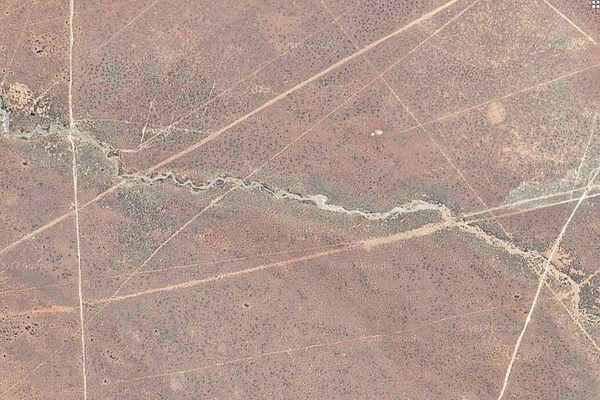Pyramids of Paratoari
Mysterious "dots" seen from a satellite in southeast Peru.
In 1976 NASA satellite photograph number C-S11-32W071-03 showed something very odd in the middle of southeast Peru’s dense jungle: evenly spaced pyramid-like objects lined up in seemingly neat rows.
Known as the pyramids of paratoari, or as some detractors called them “the dots,” they worked South America aficionados into a frenzy about what they might be. Writing under the name “Ursula Thiermann,” Don Montague, president of the South American Explorers Club, wrote about the dots in the South American Explorer journal, eventually coming to the belief that they were in fact natural geological phenomena.
In 1996 Gregory Deyermenjian, a member of the explorers club and Peruvian explorer, made an expedition to the “pyramids” to find out what they were once and for all. While Deyermenjian a seasoned Peruvian explorer has found plenty of evidence of Incan inhabitance in the area, such as petroglyphs, paved roads, and platforms, the pyramids or “dots” were not.
Upon close inspection, Deyermenjian could see that they were not made by human hands but were natural sandstone formations, known as truncated ridge spurs, which can take the form of natural pyramids.
Interest in the area and the possibility of a “lost city” was renewed in 2001, when Italian archaeologist Mario Polia searching in the archives of the Jesuits in Rome came across a report of a missionary talking about an Inca city known as Paititi said to exist in the area. Conclusive evidence of a lost city has yet to be found and a “fort” that was found in 2007 has turned out to be, like the pyramids, a natural sandstone formation.
Plan Your Trip
The Atlas Obscura Podcast is Back!
















Follow us on Twitter to get the latest on the world's hidden wonders.
Like us on Facebook to get the latest on the world's hidden wonders.
Follow us on Twitter Like us on Facebook